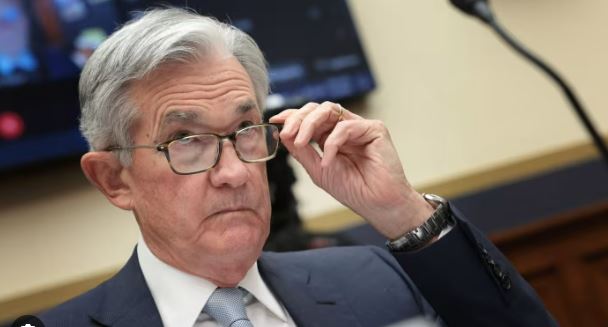The market has once again become hopeful. The Fed has completed its job, and we can now contemplate a rate cut in 2024 and, more importantly, a drop in volatility in markets that have been turbulent like they haven’t been in a long time. However, there are many other plausible scenarios regarding the evolution of interest rates.
Market expectations have been motivated by recent data and some communications from the Fed. Various economic and price indicators suggest an increasing probability of a soft landing, with a gradual activity slowdown and a further inflation decline. At the same time, according to the latest comments, the world’s most influential central bank has finished its cycle of rate hikes. However, this does not necessarily mean the next move will be a rate cut. The war in Ukraine is far from over, and the formalization of BRICS in January could also change the balance of power in the energy and commodities markets. Saudi Arabia and Iran will be on the same side, alongside China, Russia, and South Africa. In addition, underlying trends include energy transition, economic de-globalization, and strategic relocation of specific industries. All these underlying trends are inflationary.
Yet, market rates have fallen sharply. For example, since the beginning of November, the 10-year US Treasury benchmark bond yield has dropped by 44 basis points, and the 5-year yield has fallen by 35 basis points. The 2-year yield, more sensitive to Fed expectations, is 16 basis points lower. This widespread decline in yields has been accompanied by a substantial drop in oil prices, boosting stocks. This combination of falling yields, falling oil prices, and rising stocks has fueled hope that inflation can still moderate without significantly harming business investment, consumer spending, and economic activity.
Even though these developments are positive, an important caveat is necessary. The path from here may not be as straightforward as the consensus suggests, especially when it comes to confidently predicting rate cuts alongside lower inflation and robust economic growth.
A soft landing in the United States will likely allow the Fed to reduce interest rates, but certainly not at the beginning of next year. There are also other equally plausible scenarios with a higher cumulative probability.
So far, market developments have mainly focused on integrating the impact of rising rates. In 2023, markets adapted to the idea that higher Fed interest rates could persist longer than initially expected. In 2024, as the central bank will likely have reached its peak rates, yield drivers will move away from monetary policy towards government bond issuances and economic developments.
In such a paradigm shift, downward pressure on yields due to potential disinflation could be balanced by the government’s need to finance its debt and offer higher rates to attract investors if one is optimistic about the economy’s trajectory. The US economy could continue to show resilience. In this case, inflationary pressures could persist longer than initially expected. In addition, a reform of prudential rules, expected in the first quarter of 2024, could weigh on short-term rates. Banks with at least $100 billion in assets could be subject to new requirements. According to some analysts, large US banks could face a 20% increase in their capital needs.
In summary, as frustrating as it may be for many of us seeking clarity, there are many possibilities. The uncertainty that has repeatedly led the US economy to defy consensus forecasts is far from dissipating. The same can be said for the impact of past monetary policy measures, where questions still need to be answered about the lagged effects of the rate hike cycle and interest rates. As a result, caution is warranted.
